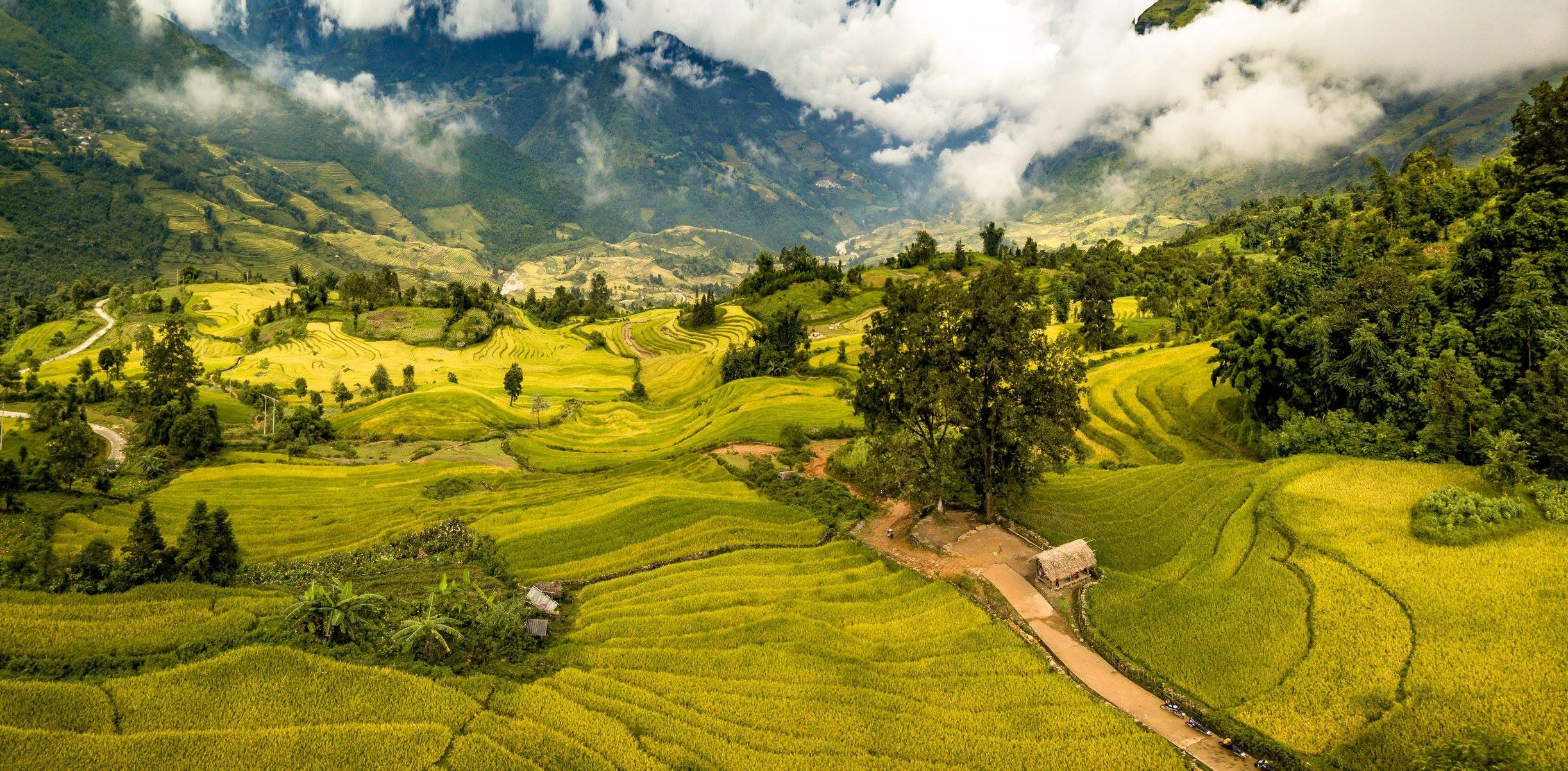
Visit Y Ty in Lao Cai: A Detailed Travel Guide
- on May 20, 2025 By: Phuong Mai NGUYEN
Located just 80 kilometers north of Sapa, Y Ty boasts spectacular rice terraces and a serene tranquility, and offers travelers a unique experience above the clouds.
If you're considering a trip to Y Ty, this comprehensive travel guide has you covered!
Overview of Y Ty
Unlike the hustle and bustle of Sapa, Y Ty has a quieter, more contemplative pace. The winding path that leads to this mountain enclave transports you to another world, far from the beaten track and noise of the city. At an altitude of over 2,000 meters, Y Ty seems to float above the clouds, offering breathtaking views of the surrounding valleys and peaks.
Although less well known than its neighbor Sapa, Y Ty has long attracted amateur and professional photographers in search of breathtaking scenery. But Y Ty is not just a photographer's paradise. Nature lovers also flock to this mountainous area to escape the urban rush and recharge their batteries in the midst of nature. Wrapped in clouds all year round, Y Ty offers an enchanting atmosphere from the moment you arrive, against the backdrop of the majestic Nhui Co San mountain range, whose summit rises to 2660 meters.

Whether you're a photography enthusiast, a nature lover or simply seeking peace and quiet getaway, Y Ty is a destination not to be missed on your trip to Vietnam. Explore its bewitching rice terraces, meet the local hill tribes and let yourself be seduced by the magic of this paradise above the clouds.
Best time to visit Y Ty
Nestled in the mountains of northern Vietnam, Y Ty offers breathtaking scenery all year round. However, to fully appreciate the splendor of its rice terraces and its enchanting atmosphere, it's essential to plan your visit at the right time.
The ideal time to visit Y Ty is between September and October, which coincides with the harvest season. This is when the rice terraces are at their peak, donning dazzling golden hues. In early May, the rice paddies are submerged during the watering season, creating a striking reflection of the sky. Between July and August, you can observe the various stages of rice cultivation, with the fields getting greener and greener as autumn approaches.
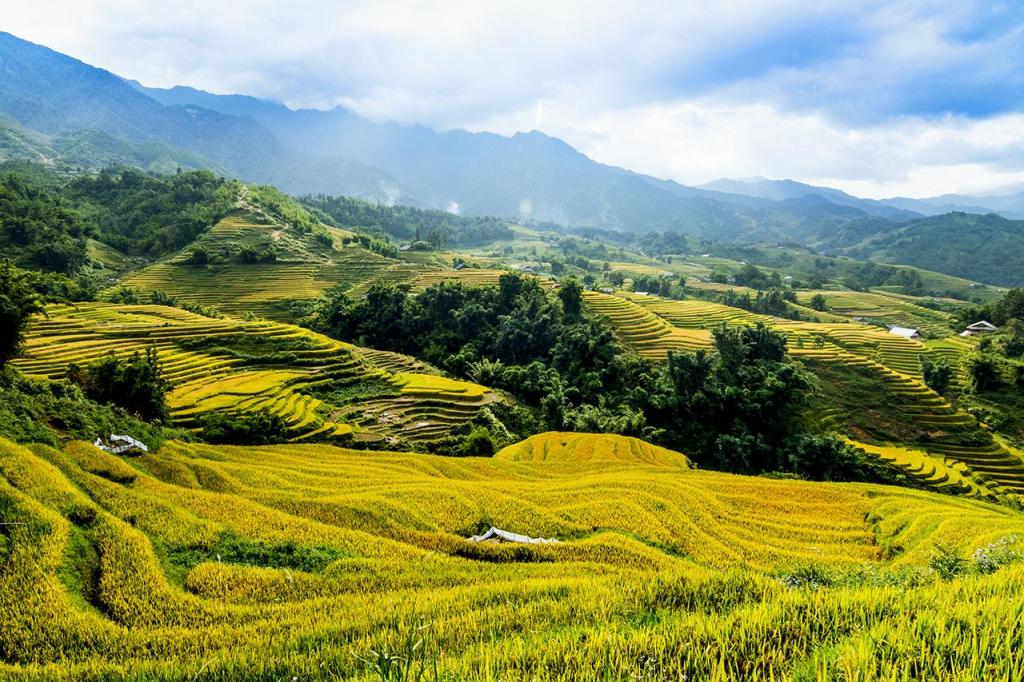
For a unique experience, visit Y Ty between September and April of the following year to admire the thick clouds that float across the valley, giving the impression of walking on clouds. In late March and early April, azaleas bloom, adding a splash of color to the surrounding forests. If you're looking for a wintry atmosphere, come back towards the end of the year to see the first snowflakes covering the landscape.
If you're lucky enough to find yourself in Y Ty during the Kho Gia Festival, which takes place every year on the first day of the sixth lunar month, you'll discover an important celebration for the Ha Nhi people. This event, usually held in late June or early July, is a unique opportunity to discover local culture and take part in traditional festivities.
What to see and do at Y Ty
Explore the patchwork of ethnic minorities
Y Ty is home to a total of 16 villages inhabited by four main ethnic groups: the Mong, Ha Nhi, Dao and Kinh.
Lao Chai Village: Located in the mountainous region of Y Ty, Lao Chai Village is a popular destination for visitors seeking authenticity and cultural discovery. Here, you will meet the Black Ha Nhi people, one of Vietnam's least populous ethnic groups.
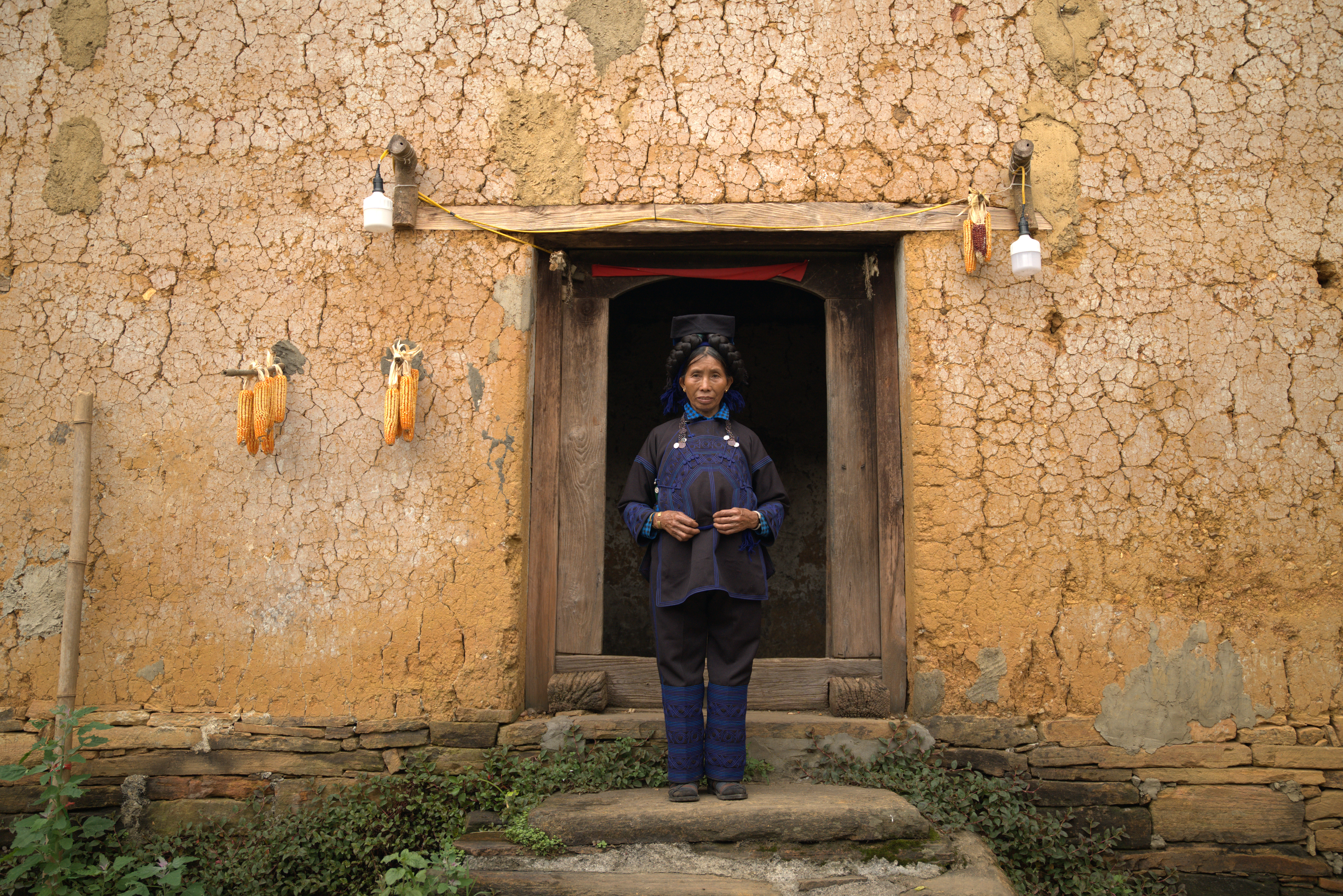
The name “Lao Chai” literally translates as “village of origin”, reflecting the age and authenticity of this Black Ha Nhi community. Nestled in the heart of verdant mountains, this village offers a captivating glimpse into the traditional life of the local inhabitants.
Upon arriving in Lao Chai, visitors are immediately captivated by the village's distinctive architecture. The cob houses, built with thick earthen walls and short grass-covered pitched roofs, are emblematic of Ha Nhi nature. Their unique appearance, resembling giant mushrooms when seen from afar, adds to the picturesque charm of the surrounding landscape.
Exploring the village of Lao Chai offers visitors an authentic immersion in the daily life of the Black Ha Nhi people. Meeting the locals, discovering their age-old traditions, and admiring their traditional handicrafts are all enriching experiences to be had during your stay in Y Ty. Additionally, from traditional cuisine and local festivals to ancestral customs and beliefs, every aspect of Ha Nhi's daily life offers a fascinating insight into this unique community.
Hong Ngai Village:Hong Ngai Village is distinguished by its geographical isolation at an altitude of almost 2000 meters, making it one of the hidden treasures of the Y Ty region. With just over 50 households, this village has a peaceful, unspoiled atmosphere, ideal for an authentic getaway. Despite its remoteness, Hong Ngai thrives on its flourishing agriculture. The village's inhabitants are mainly engaged in the cultivation of cardamom, a high-quality agricultural product appreciated for its culinary and medicinal uses. This agricultural activity is not only a source of livelihood for the community, but also an expression of their harmonious relationship with the surrounding nature.
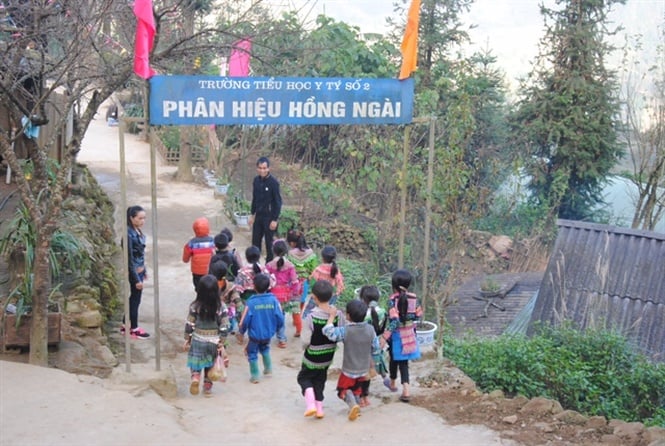
For curious visitors, Hong Ngai offers a unique opportunity to discover the culture and way of life of the Mong people. By exploring the village, meeting the locals and interacting with them, travelers can learn more about the traditions, customs, and beliefs of this fascinating community. The villagers are proud of their heritage and strive to preserve their traditions for future generations.
Sim San Village: Located just 10 km from the center of Y Ty commune, Sim San Village emerges as a true hidden gem, offering an authentic immersion in the rural life of northern Vietnam. With around 100 households, this village presents a subtle balance between tradition and modernity, offering visitors a unique and enriching experience.
The daily life of Sim San's inhabitants is closely linked to agriculture, in particular the cultivation of rice and corn. Due to its high altitude, over 2,000 meters above sea level, the village enjoys a cool, temperate climate, ideal for growing these vital crops. However, due to this altitude, there is only one harvest period per year, making each harvest all the more precious to the community.
In addition to agriculture, the people of Sim San are also known for their traditional crafts, notably wine-making. Sim San rice wine, named after the village itself, is a local specialty appreciated for its unique flavor and traditional production process. Visitors often have the opportunity to taste this homemade wine during their stay in Sim San, offering a glimpse of the region's gastronomic wealth.
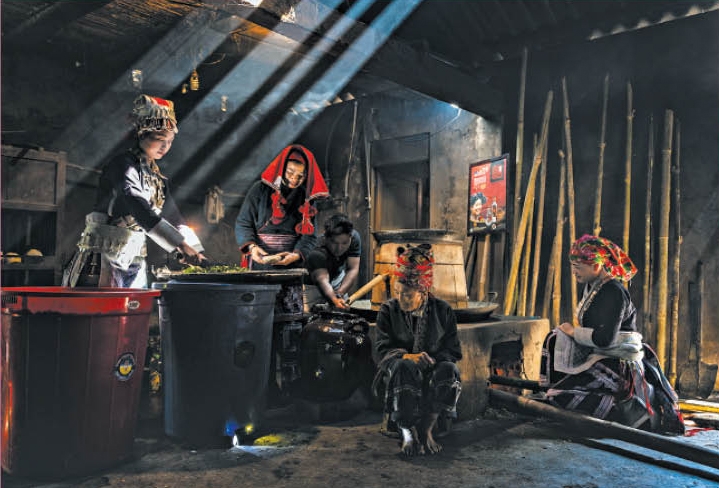
At the same time, Sim San offers an opportunity to practice responsible and sustainable tourism. By supporting local initiatives and respecting the natural environment, visitors can help preserve the region's unique culture and ecosystem. What's more, by opting for homestay accommodation and choosing local products, travelers can have a positive impact on the lives of Sim San's inhabitants.
Phan Can Su Village: Just 6 kilometers from the center of the commune, Phan Can Su Village is a must for any traveler in search of adventure and discovery. Perched among the highest peaks in the region, the village of Phan Can Su offers breathtaking views of the magnificent Y Ty landscape. Surrounded by majestic mountains, verdant valleys, and cascading rice terraces, this village is a paradise for nature lovers and photography enthusiasts. Whether at sunrise or sunset, every moment spent in Phan Can Su offers breathtaking panoramas.
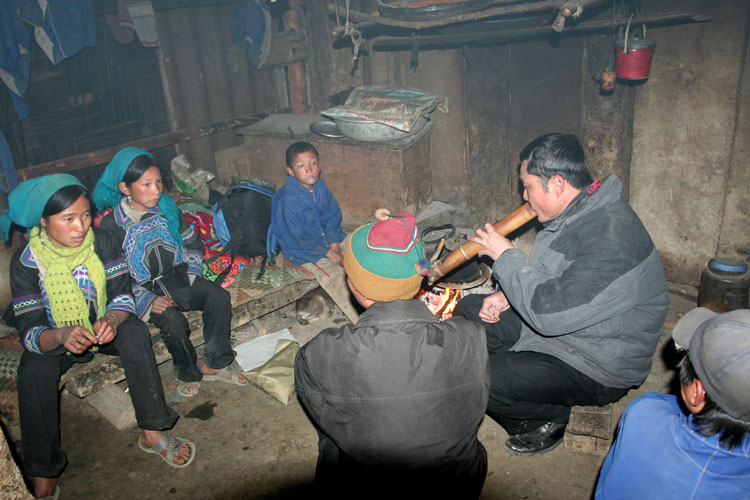
Meeting the people of Phan Can Su is an invaluable experience. Warm and welcoming, the villagers are always happy to share their culture, traditions, and history with visitors. Whether participating in farming activities, sampling traditional local dishes, or attending community events, travelers have the opportunity to forge genuine bonds with the local population and discover the true essence of life in Phan Can Su.
Admire the rice terraces in Y Ty: A symphony of colors and cultures
Known for their spectacular beauty and economic importance, these rice terraces offer visitors an immersive experience of rural life and local culture. Just 10 km from the center of Y Ty lies Den Sang, a hidden gem among the rice terraces. During the harvest season, the fields take on a golden hue, creating a landscape of breathtaking beauty. The people of Den Sang warmly welcome visitors, sharing with them the richness of their culture and traditions. Accessible from the Y Ty road, these terraces are a feast for the eyes and the camera.
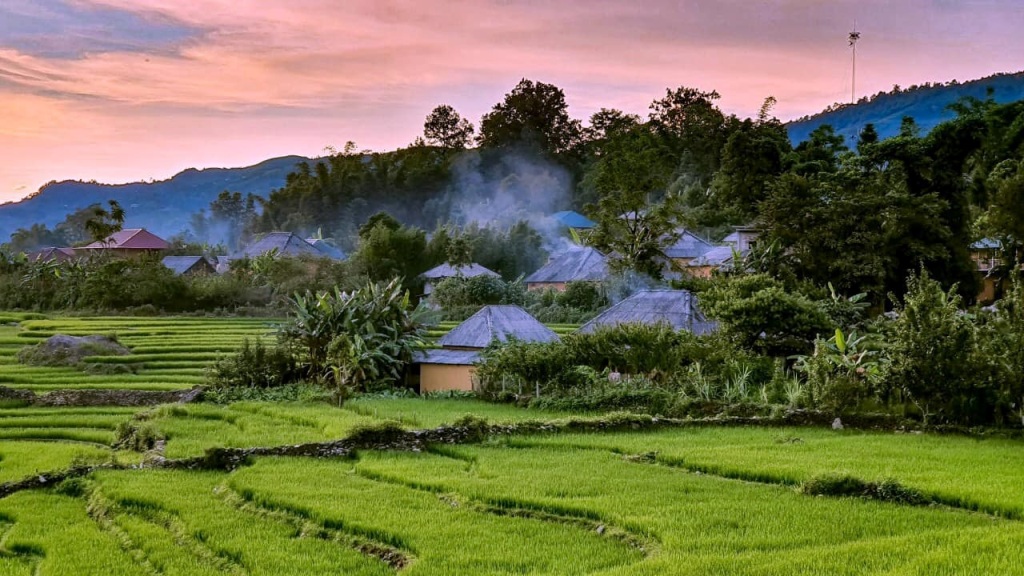
The Thau Pa valley stretches 5 km from Cho Chon to Thien Sinh, offering a breathtaking panorama of terraced fields. Recognized as a national heritage site, this valley is the result of the hard work of the Ha Nhi and Mong people, who have cultivated this land for generations. The winding terraces are a breathtaking sight, testifying to the ingenuity and perseverance of these mountain communities.
In addition to traditional crops such as corn and rice, the inhabitants of Y Ty have diversified their economic activities by growing medicinal plants. This initiative has strengthened the local economy while preserving the region's ancestral traditions. The rice fields of Y Ty are therefore much more than just a picturesque landscape; they are the reflection of a dynamic and resilient community, capable of adapting to the challenges of the modern world while preserving its cultural heritage.
Visit the Y Ty Market: A Spectrum of Colors and Cultures
Every Saturday morning, the weekly market takes place. At the Y Ty Market, stalls abound with fresh produce grown by the region's ethnic communities. Vegetables, tubers, fruit: it's all there, testifying to the richness of the land and the know-how of local farmers. Visitors can wander between the stalls, discovering a variety of products often unfamiliar outside the region.
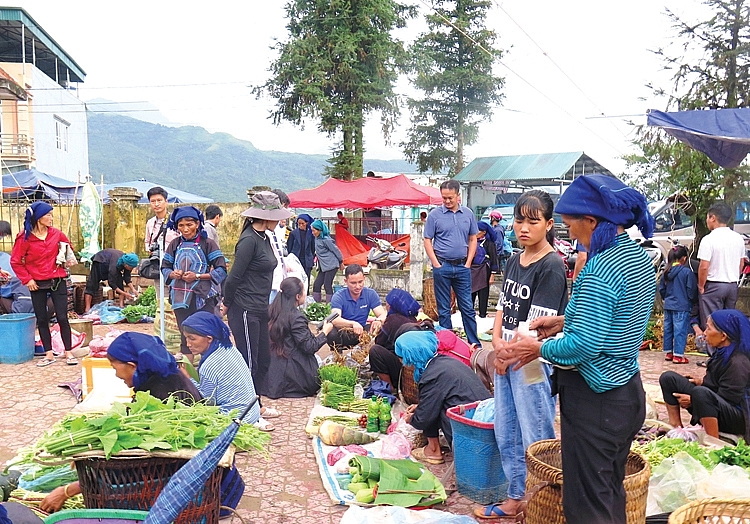
In addition to agricultural produce, the Y Ty Market also offers a multitude of other items. From clothing to household utensils and farming tools, everything is available to meet the needs of local people. Visitors can discover local craftsmanship and take home unique, authentic souvenirs.
But the Y Ty Market is much more than just a place to exchange goods. It's also a cultural melting pot where different ethnic groups rub shoulders, each bringing their own traditions and crafts. Visitors can admire the magnificent traditional costumes worn by the locals, veritable works of textile art, and chat with them about their way of life and customs.
>> Read more: Top 7 ethnic markets in North Vietnam
Conquer Lao Than, the roof of Y Ty
Majestically dominating the Y Ty region, the Lao Than Peak rises to a breathtaking altitude of 2,860 meters. Considered the highest point in the region, it offers travelers a unique and spellbinding experience, where the magic of nature is at work at every moment. To walk the paths leading to its summit is to plunge into the heart of a fairytale landscape, where clouds, sun, and wind combine to create a grandiose spectacle.
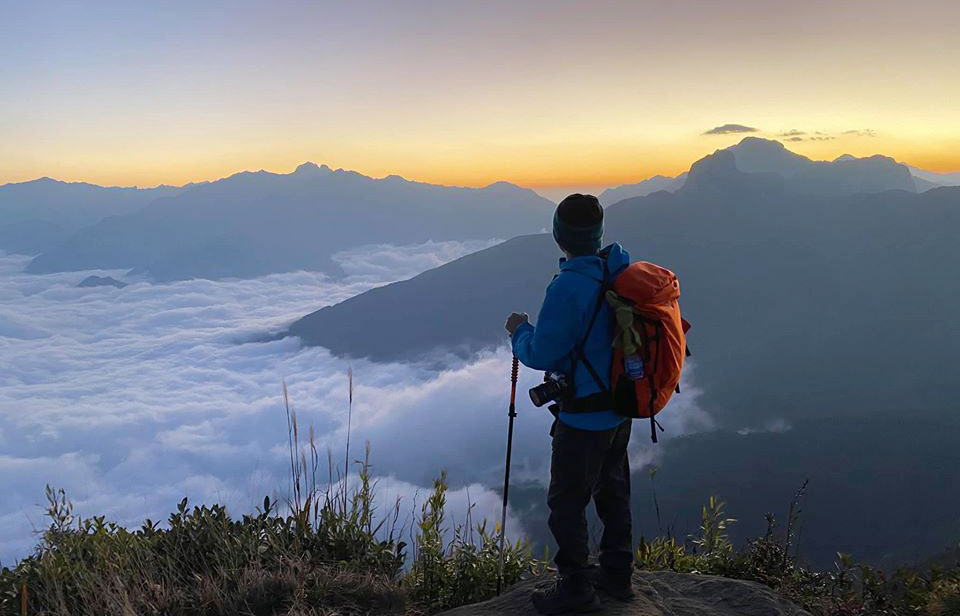
Lao Than Peak offers a breathtaking panorama, where nature reveals all its splendour. At the summit of this pyramid-shaped mountain, travelers are enveloped by the clouds that dance around them, creating a mystical and enchanting atmosphere. The sun, playing hide-and-seek with the surrounding peaks, offers striking plays of light, while the wind gently caresses the faces of intrepid adventurers.
Conquering Lao Than Peak is much more than a simple hike: it's a true immersion in the wild, unspoilt beauty of the Y Ty region. Each step along the trail offers a new perspective on this awe-inspiring landscape, inviting travellers to lose themselves in the contemplation of nature and reconnect with the very essence of existence.
How to Get to Y Ty: A Practical Guide for an Unforgettable Trip
From Hanoi to Y Ty
The first step to Y Ty is to get to Lao Cai. From Hanoi, there are several transport options. You can opt for the sleeper train from Hanoi to Lao Cai, offering a comfortable and scenic journey through the landscapes of northern Vietnam. Alternatively, buses and limousine minibuses are also available for those who prefer to travel by road.
Once in Lao Cai, there's another 70 km to Y Ty. This journey can take between 5 and 6 hours, due to the winding roads and frequent stops to admire the scenery and take photos. The most popular method of transport to Y Ty from Lao Cai is to hire a motorcycle. Motorcycles offer flexibility and freedom of movement, allowing travelers to explore the area at their own pace. For those who prefer not to drive, hiring a chauffeur-driven car is another convenient and comfortable option.
From Sapa to Y Ty
If you are already in Sapa, head towards the Tram Ton pass until you come to a crossroads with signs for Lai Chau and Ban Xeo. After about 20 km, turn right towards Ban Xeo (route DT155 on Google Maps). Then follow the road to Muong Hum market, where you'll find a road leading to Y Tý (route DT158). Just continue straight on this road for about 30 km to reach your destination.
Keep in mind that although the roads are now better developed than before, the journey can still be long due to the winding mountain roads. However, the spectacular scenery is well worth it, and your adventure to Y Ty promises to be an unforgettable experience in the mountains of northern Vietnam.
>> Read more: How to travel from Hanoi to Sapa
Practical advice for a successful trip to Y Ty
Once you've planned your itinerary to get to Y Ty, here are a few practical suggestions to help you make the most of your stay:
Bring appropriate clothing: As Y Ty is located at an altitude, temperatures can be cooler than in other parts of Vietnam. Be sure to bring warm clothing, especially if you plan to visit during the cooler months.
Take provisions with you: Y Ty is a relatively isolated region, so it's advisable to bring basic provisions with you, such as drinking water and snacks, especially if you plan to hike or go on nature excursions.
Be prepared for adventure: The roads leading to Y Ty can be winding and sometimes difficult to navigate, especially during the rainy season. Make sure you're ready for adventure and have a flexible, patient attitude to the unexpected.
Respect the local culture: As a visitor, it's important to respect the culture and traditions of the local people. Pay attention to local customs and behave respectfully towards the communities you encounter.
Enjoy the beautiful scenery: Y Ty is famous for its spectacular scenery, so don't forget to bring your camera and capture every moment. Whether exploring the rice terraces, hiking in the mountains, or meeting the locals, there are many wonders to discover in Y Ty.
By following these tips and planning your trip carefully, you can be sure of an unforgettable experience in Y Ty, an unspoiled land in Northwest Vietnam. Whether you're looking for a few days' adventure or a longer getaway, Y Ty offers you the chance to immerse yourself in the natural beauty and authentic culture of this unique region.
Related articles:
>> Rice terraces of Sapa: a highlight of North West Vietnam
>> Where and when to see the most beautiful rice fields in Northern Vietnam?
>> Tour in the Northwest of Vietnam : Where to go? Which itinerary? What to do? How many days?
 Español
Español Français
Français







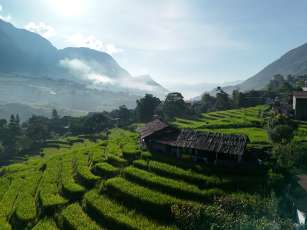
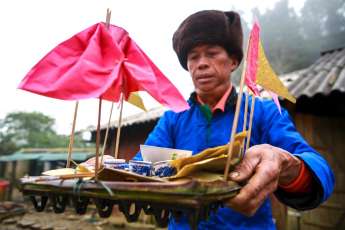
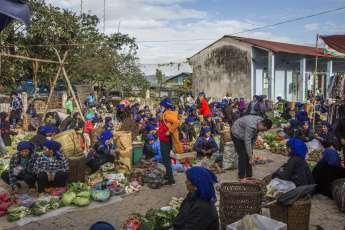
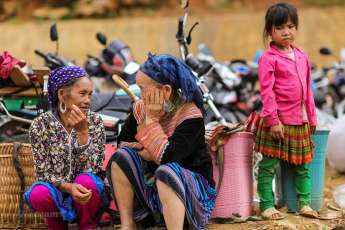
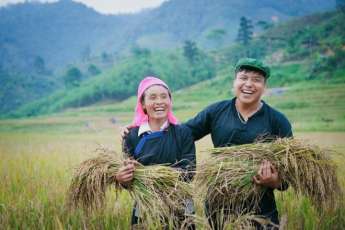
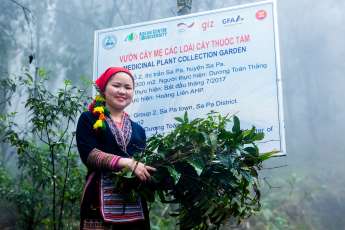







Morgane Ter Cock
on Dec 18, 2025HerbertPhomaMS
on Oct 19, 2025Lilyan Cuttler
on Oct 15, 2025Avenue17XC
on Sep 14, 2025Avenue18JL
on Jul 21, 2025